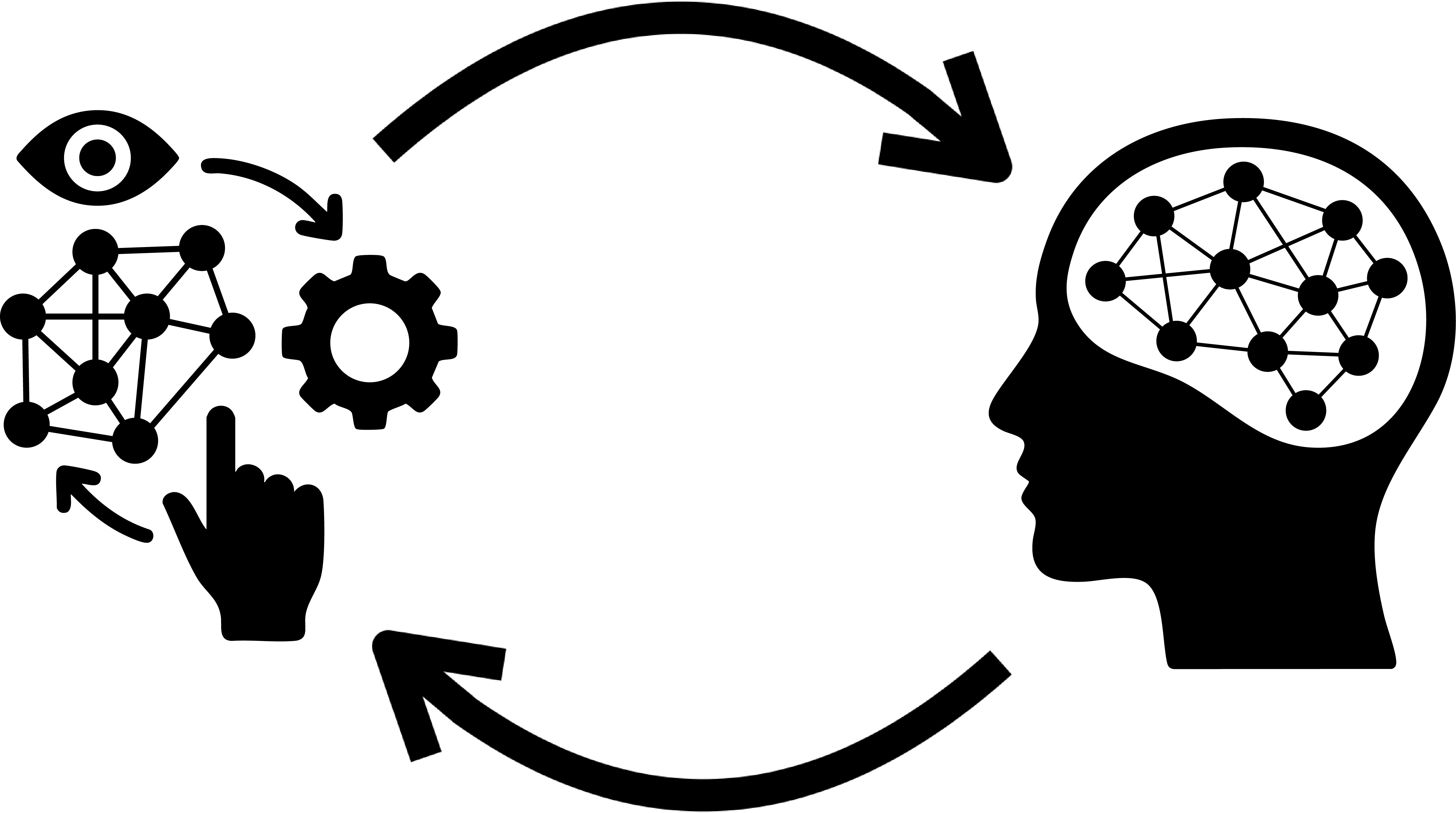About
SAHAS: The Science and Art of Human-AI Systems
Welcome! We are a research group based at Dartmouth College's Department of Computer Science in beautiful Hanover, New Hampshire.
Our group aims to understand and improve human–AI partnerships. While our agenda is domain-general, our current focus spans the testbeds of creativity, healthcare, and human behavior & decision-making.
We treat this as both a scientific and a design problem:
Scientifically, we ask: What kinds of capabilities and behaviors make AI systems useful to human minds?
Design-wise, we ask: What designs allow people to effectively steer these systems, build reliable mental models of their behavior, and extend their own cognitive reach?
We call this dual focus the science and art of human-AI systems.
Keywords: Machine Learning, Human-Computer Interaction, Human Behavior, Creativity, Generative Models, Interactive Systems, Interpretability, Steerability, Human-AI Collaboration, Augmented Intelligence, Cognitive Tools, Human-Centered AI, Human-AI Co-Evolution, Human-in-the-Loop Systems
साहस • (sāhas) — stem noun: a complex Hindi word often translated as courage, adventure, intrepidity, daring. More richly, it denotes the enduring moral and psychological resolve to confront uncertainty and act with principled boldness: inner strength, not just outward bravado.
Research Vision
We work across the stack of human-AI systems:

Human-Compatible Capabilities in AI
Hover to expand
What kinds of capabilities must AI systems develop to be useful to people?
Channels for Human-AI Communication
Hover to expand
How can humans meaningfully shape the behavior of complex AI systems?
Designing for Human Benefit
Hover to expand
What mechanisms lead to self-improving human-AI systems over time?